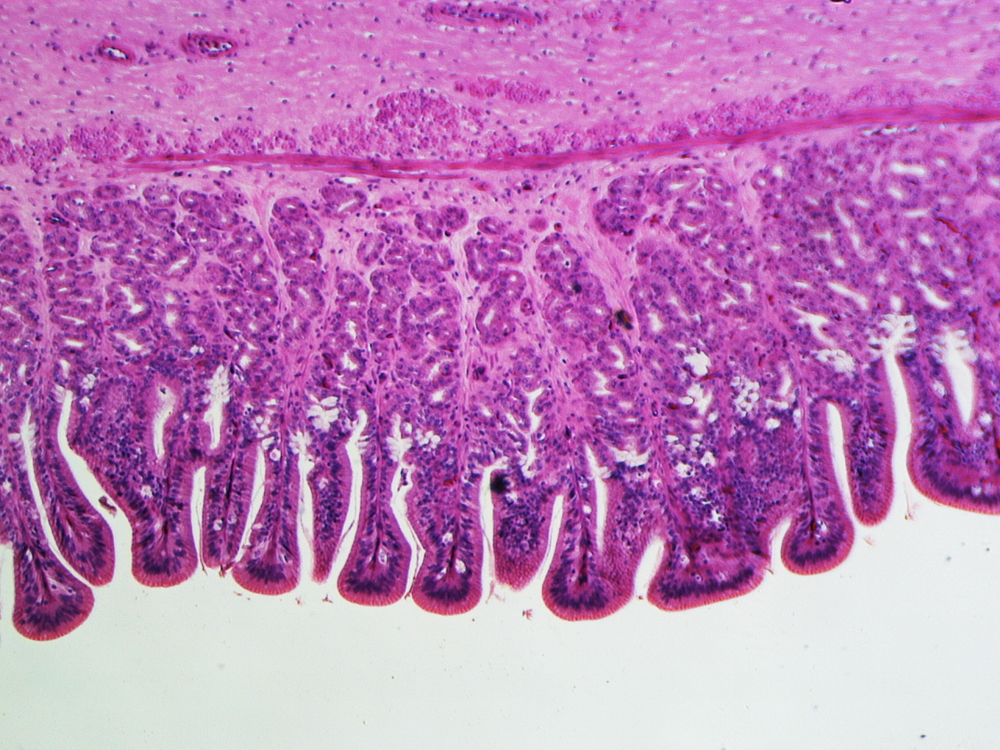Specific Protein, P63, Seen to Promote ALS by Regulating Muscle Atrophy Effector Gene

In a new study, researchers found a protein in the p53 family, called p63, is increased in amyotrophic lateral sclerosis (ALS) and is a significant player in disease progression through the regulation of the activity of genes that promote the breakdown of muscle cells. The study, “Transcriptional activator TAp63 is upregulated in muscular atrophy during ALS and induces the pro-atrophic ubiquitin ligase Trim63,” was published in the journal eLife.
Cancer and ALS share a common feature: both diseases lead to muscles wasting. Although muscle degeneration in cancer is not fatal, it is the main cause of death in ALS patients, particularly in the atrophy and dysfunction of respiratory muscles. Until recently, the exact molecular mechanisms underlying muscle degeneration in ALS were not completely understood.
Researchers performed a meta-analysis on the transcriptome of muscles from ALS patients (obtained in biopsies) and from transgenic ALS mouse models, discovering that the major tumor suppressor p53 gene was deregulated in both sets of samples. Since the p53 family comprises three proteins — called p53, p63 and p73 — researchers investigated the expression of each.
Researchers discovered a correlation between the levels of p53 family target genes and the severity of muscle atrophy in ALS patients and mice. Specifically, they detected increased p63 protein levels in the fibers of atrophic muscles, accompanied with a deregulation in p63 target genes. Increased production of p63 in degenerated muscles continued as the disease progressed, both in ALS patients and mice. The team further showed how increased levels of protein p63 leads to muscle wasting: p63 augments the expression of Trim63 (MuRF1), an E3 ubiquitin ligase that targets muscular proteins for degradation during muscular atrophy.
“ALS patients are currently diagnosed at a stage where denervation and muscular alterations already are established and, because of the lack of curative treatment, lead to death within 2 to 5 years. The results presented here suggest that p53 family members, via the regulation of selected target genes (…) might contribute to muscle catabolism in these patients. It remains to be established whether this signalling pathway is uniquely critical for muscular atrophy during ALS or whether it is common to other muscular atrophies occurring in pathologies such as cachexia, diabetes, and others,” the authors concluded.






